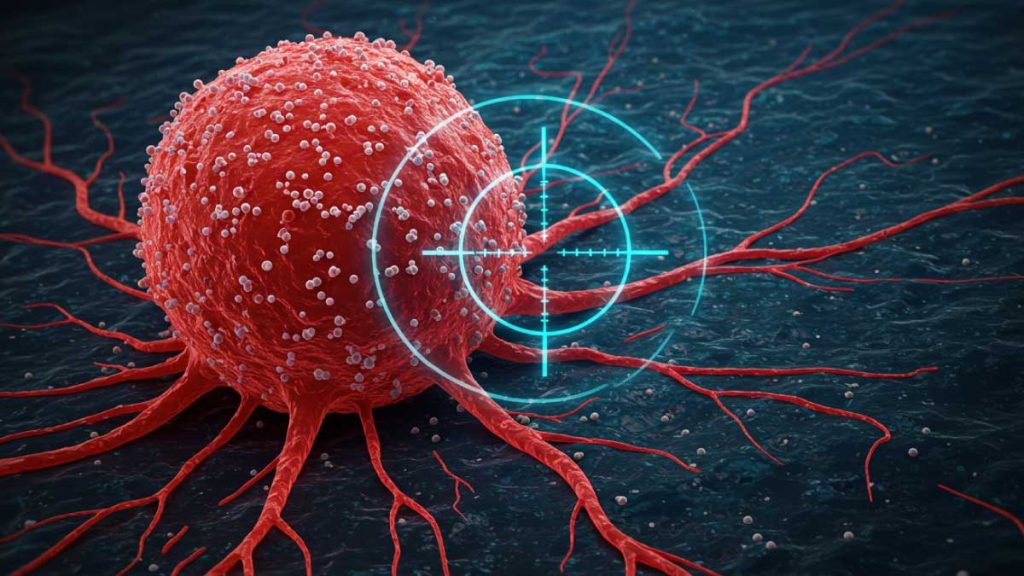PRESENTATION: WORLD CANCER DAY 2025
INTRODUCTION:
World Cancer Day on 4 February encourages cancer prevention globally and mobilizes action to address it. According to the European Commission’s Country Cancer 2025 reports for EU countries, Norway, and Iceland, cancer survival rates have increased by 12% across the EU.
DEFINITION:
Cancer is a group of diseases that cause abnormal cells to grow and spread uncontrollably throughout the body. Cancer can develop in almost any organ or tissue.
TYPES OF CANCER
There are over 100 types of cancer. Healthcare providers categorize them according to where they start in your body and the type of tissue they affect. There are three broad cancer classifications:
- Solid cancers: This is the most common type of cancer, making up about 80% to 90% of all cases. This includes carcinoma that forms in epithelial tissue (like your skin, breast, colon, and lungs) and sarcoma that forms in bone and connective tissues.
- Blood cancers: These are cancers that start in your blood cells or lymphatic system. Examples include leukemia, lymphoma, and multiple myeloma.
- Mixed: Cancers that involve two classifications or subtypes. Examples include carcinosarcoma and adenosquamous carcinoma.
OTHER COMMON CANCERS INCLUDE:
- Breast cancer
- Lung cancer
- Prostrate Cancer
- Colorectal cancer
- Blood cancer
SIGNS AND SYMPTOMS OF CANCER
Symptoms of cancer vary from person to person. They depend on what type of cancer you have and how advanced it is.
General cancer symptoms may include:
- Fatigue.
- Fever that occurs mostly at night.
- Loss of appetite.
- Night sweats.
- Persistent pain.
- Skin changes, particularly moles that change shape and size, or the appearance of new moles.
- Unexplained weight loss.
In some cases, cancer may cause organ-specific additional symptoms. This may include:
- Blood in your pee or stool.
- Change in the shape, color, or size of a skin mole.
- Coughing up blood.
- New lumps or bumps.
DIAGNOSIS AND TEST FOR CANCER
Healthcare providers begin a cancer diagnosis by doing a complete physical examination. They’ll ask you to describe your symptoms and your family medical history. They may also need to do:
- Blood tests for cancer, which may include complete blood count (CBC), blood protein tests, and tumor marker tests.
- Imaging tests like CT scans, MRI, ultrasound, or iodine metaiodobenzylguanidine (MIBG).
- Biopsies, which could be surgical (with an incision) or nonsurgical (with a needle).
- Genetic testing for cancer is used to diagnose and plan treatment for inherited forms of cancer.
MANAGEMENT AND TREATMENT OF CANCER
Healthcare providers may use several different treatments, sometimes combining treatments based on your situation. Common cancer treatments include:
- Surgery: Can remove cancerous tumors that haven’t spread.
- Chemotherapy: Destroys cancer cells with powerful drugs in pill form or intravenously (through a needle into a vein).
- Targeted therapy: Targets the genetic mutations (changes) that turn healthy cells into cancer cells.
- Hormone therapy: Blocks cancer-causing hormones. For example, people assigned male at birth who have prostate cancer might receive hormones to lower testosterone, which can contribute to prostate cancer.
- Bone marrow transplant: Replaces damaged blood stem cells with healthy ones.
PREVENTION OF CANCER
You can’t always prevent cancer, especially when unavoidable risk factors cause it. But there are things you can do to lower your risk:
- If you smoke or use tobacco, try to stop. Ask a healthcare provider about smoking cessation programs that can help you quit tobacco.
- Follow a healthy nutrition plan tailored to your needs.
- Include physical activity in your daily routine.
- Avoid environmental toxins like asbestos and pesticides.
- Protect yourself against sun damage.
CONCLUSION
Survival rates are estimates based on the experiences of large groups of people with different kinds of cancer. Like prognoses, survival rates vary based on cancer type, stage, and treatment.
It’s important to remember that survival rates are only estimates. They can’t tell you how long you’ll live or how your body will respond to certain treatments. Your healthcare provider can provide you with more information about survival rates and their implications for you.

